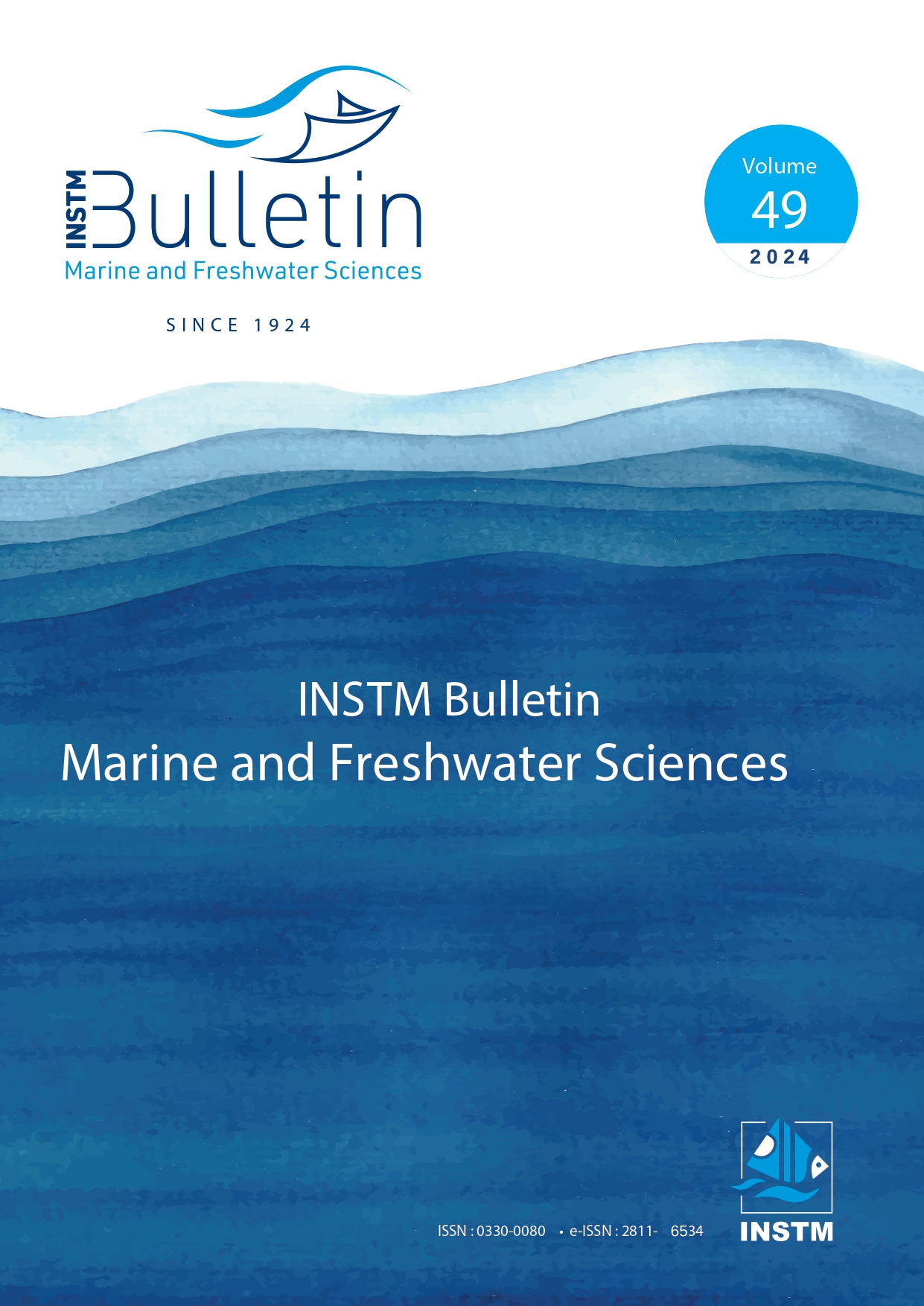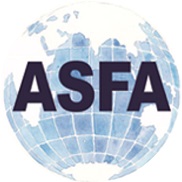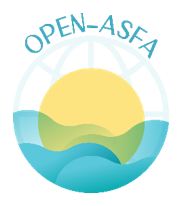Frequency histograms, condition parameters and size-depending metal accumulation in two species belonging to Phorcus genus
DOI:
https://doi.org/10.71754/instm.bulletin.v49.1710Keywords:
ecotoxicology, biological analysis, monitoring systems, size, pollution control, Condition factorAbstract
This work is a biological and ecotoxicological investigation in two Trochidae species Phorcus turbinatus and Phorcus articulatus taken from four stations, monthly for biological study and seasonally for size-depending metal monitoring. Our results related to biological characterization suggested mostly polymodal frequency histograms associated with a continual renewal of juveniles indicating a laying period spread over several months.
The condition index revealed similar values slightly decreasing during hot seasons probably due to the coincidence of the spawning period with the spring and the summer. As for the condition factor, it also presented close values with a slight increase during the periods of March-April, June-July and even September-November probably resulting from algal proliferation and trophic availability during those months.
The estimation of metal pollution indicators proposed an increasing classification of contamination related to the amounts of waste ejections at each locality coming from industrial activity, large fishing ports and mooring areas. Size-depending metal analyses revealed that despite the strong contamination, a moderate concentration decrease was associated with size growth. This life strategy would allow these species to counteract unfavorable conditions and ensure their persistence and thus justify their frequent use as bio-indicators of the state of health in coastal ecosystems.
Downloads
Downloads
Published
How to Cite
Issue
Section
ARK
License
Copyright (c) 2024 Wafa BOULAJFENE, Sabiha TLIG-ZOUARI

This work is licensed under a Creative Commons Attribution 4.0 International License.












